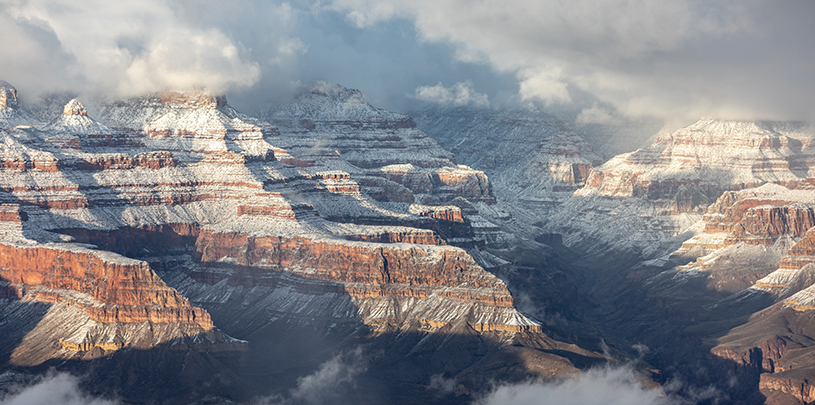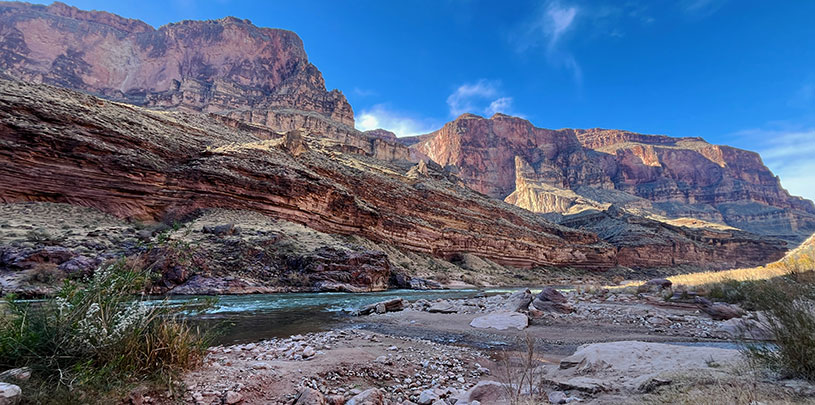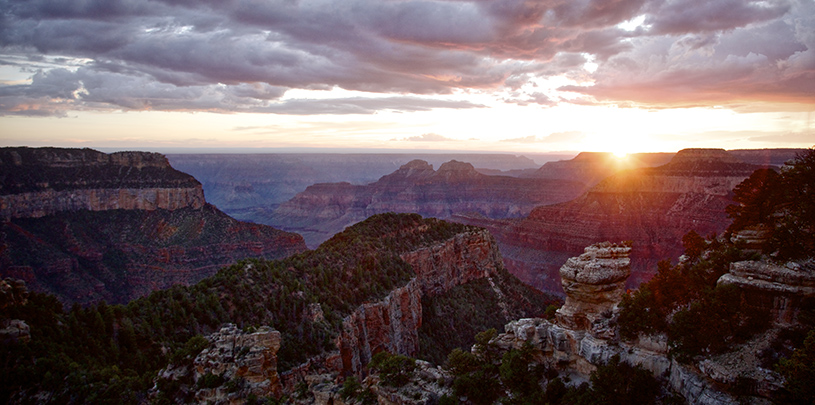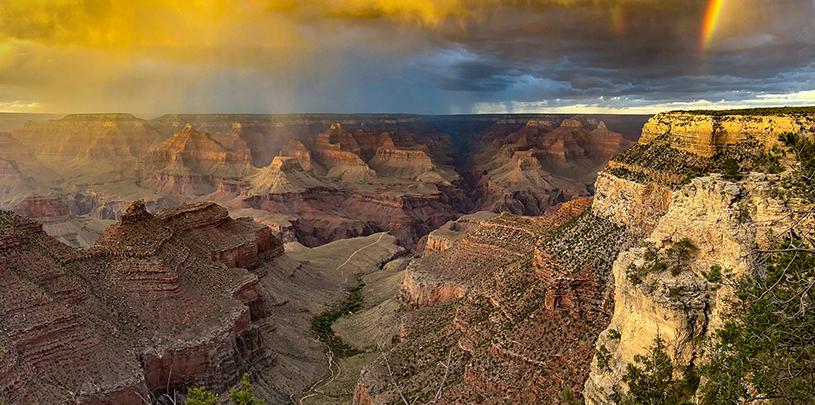by Amber Reimondo, Energy Director
Back in 2018, for the first time in history, the Trump administration added uranium to a federal priority list called the “critical minerals list,” a move that placed public lands around the Grand Canyon and Bears Ears National Monument at increased risk of uranium mining.
In 2019, the Grand Canyon Trust testified before Congress alongside experts on Navajo Nation uranium contamination and national security about the risks and injustices that come with unnecessarily prioritizing and incentivizing domestic uranium mining. Today, the Biden administration finally appears poised to remove uranium from the list and the public has an opportunity to weigh in.
TAKE ACTION. Show your support for keeping uranium off the critical minerals list before the December 9, 2021 deadline ›
Putting the Grand Canyon at risk
The critical minerals list incentivizes mining of the minerals on it by making them more likely to receive government support and investment, sometimes in the form of taxpayer-funded subsidies — like a proposed uranium reserve. Including uranium on the critical minerals list could offer a reason to remove obstacles to mining on public lands — such as rescinding mining bans like the one currently in place around the Grand Canyon.
What is a critical mineral?
By definition, minerals on the critical minerals list are essential to society and their supply chains are recognized as being in danger. But for uranium — among the most abundant metals in the Earth’s crust, one that the U.S. has stockpiles of that have been considered excessive enough to sell off —availability is not an issue. As one report by the National Research Council puts it, some minerals, like copper and uranium, “can be important, fundamental, or essential for many purposes, but may not be critical.”
Fuel minerals can’t be critical minerals
Critical minerals must be both essential to U.S. economic and national security and have supply chains that are in danger, and the official definition of a critical mineral also excludes “fuel minerals.” Uranium has been labeled a fuel mineral since the Mining and Minerals Policy Act of 1970. Of course, there are some non-fuel uses for uranium, but the country’s biggest non-fuel use for the metal is nuclear weapons.
The U.S. has plenty of uranium stockpiled
One nuclear security expert testified to Congress that the U.S. uranium inventory in 2013 was 585.6 tons, “enough to make more than 23,000 nuclear weapons” and further clarified that “the United States has maintained a policy since 1992 of not producing fissile material for nuclear weapons and of seeking a treaty to ban such production in the future.” Depleted uranium is used to build armor-plating and armor-piercing projectiles, but the U.S. already holds 40 percent of the global stockpile. And non-fuel uses of uranium outside of defense, such as in the production of radioisotopes used in medical diagnostic procedures, require only relatively small amounts of uranium.
You can help
On November 9, the U.S. Geological Survey published a draft version of the updated critical minerals list. This time, uranium has been removed. In its public notice, the government explained that because uranium has been defined as a “mineral fuel” since 1970, it was not considered for the revised critical minerals list. The public has until December 9, 2021 to comment.
Please tell the Biden administration that you support its decision to remove uranium from the list. Uranium doesn’t belong there, and its presence since 2018 has endangered landscapes like the Grand Canyon and Bears Ears, and threatened to deepen injustices faced by communities on the frontlines of uranium contamination across the Colorado Plateau.




